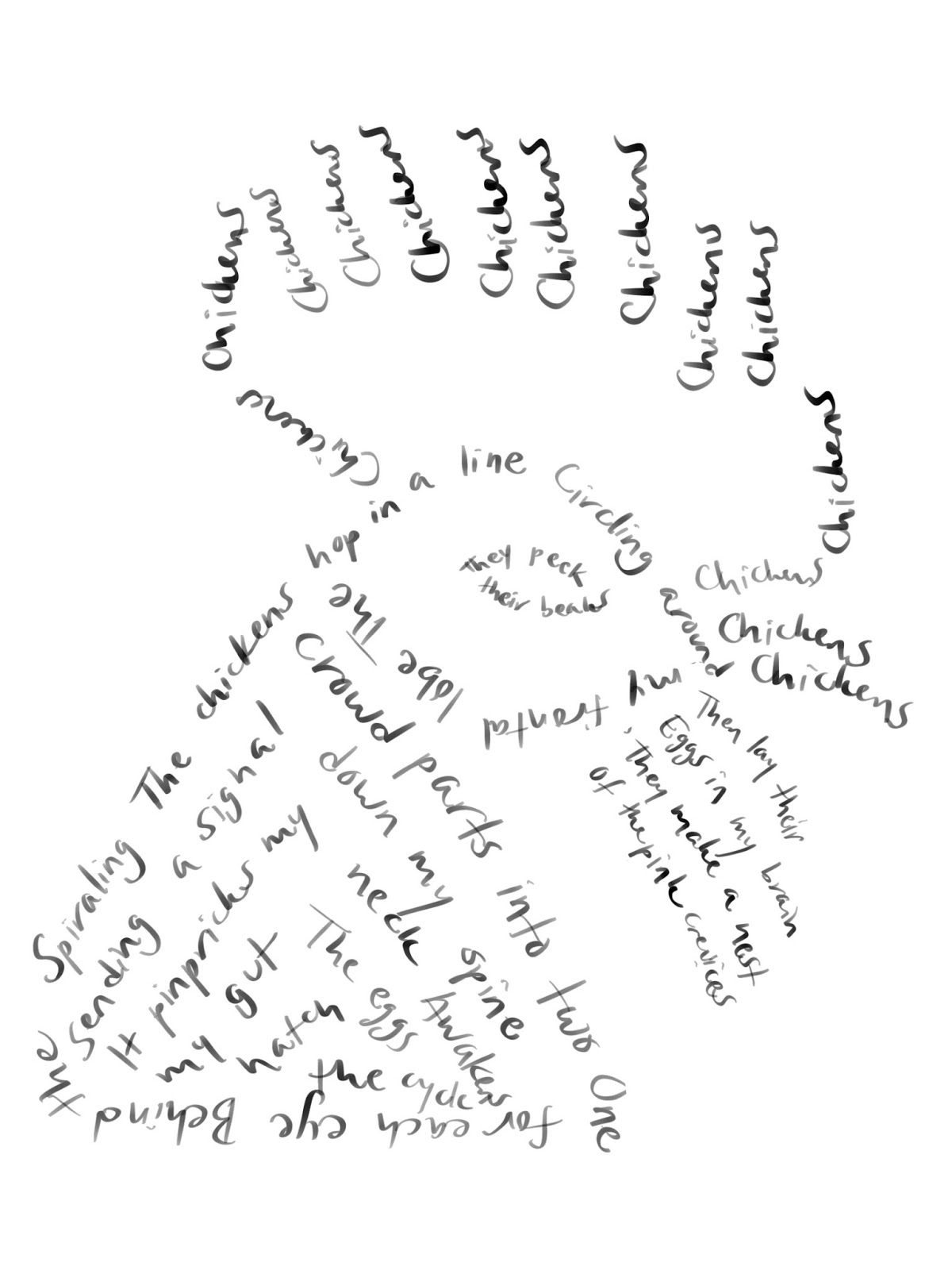Final Blog Post
- What did I learn from this class?
From the first day of this class, I thought it was going to be more of a history of poetry class, with some comparisons to the visual art that was being made at the time. I liked that the class was actually more about different styles of poetry. I think the class format worked well- I feel like simply learning the history of poetry wouldn’t have been as effective as learning a bit of history and then diving into creating our own poems. I learned that poetry is much harder than it looks. However, I also learned techniques that can make a poem stronger, such as imagery and structure. There were some genres of poetry that I had never even heard of that I ended up loving, such as cubist, dadaist and surrealist poems. When I was learning about those movements in art history, I did not realize they overlapped to writing as well. I had no idea what a Cubist poem could even be. The cubist poem by Gertrude Stein gave me an understanding about how different creators interpret the work of others, even if it is in a different medium.
I learned that poems do not have to be confined to writing on a page. The class gave me a bigger scope of how poetry overlaps with visual and performing arts. I discovered some poets I now love that I had never heard of before, such as Saul Williams. I think the class also gave me a new understanding of meaning in the visual and written arts.
2. Given what you have learned about the last 100 or so years in the visual and literary arts, what would you say the role of the artist is in society today?
I would say that the role of the artist in society today is to keep evolving and learning from others. In turn, society will learn from us. However, the only way society will keep learning is if artists continue to branch out and find new ways of creating. Over and over we see the same ideas happening in movies and other media until a fresh and original idea emerges. Then that new idea is copied over and over until a newer idea comes about. As I said in my first response, poetry is not just limited to one type of form. I went into the class expecting to only read poetry made up of black and white text on a page. However, I discovered poetry that was made of sounds, of letters, and poetry that was primarily visual despite being made of letters. The artform is not limited to its traditional form. I wonder what would happen if this idea was applied to other mediums. What if animation was stripped down to its elements until it became something entirely different, the way visual poetry strips poems down to their visual bare bones? What does a Dadaist animation look like? The role of the artist is not to be pretentious and isolated. It is not to think that an artform should only look a certain way. The role of the artist is to soak up the world and create art that helps us interpret society.

Comments
Post a Comment